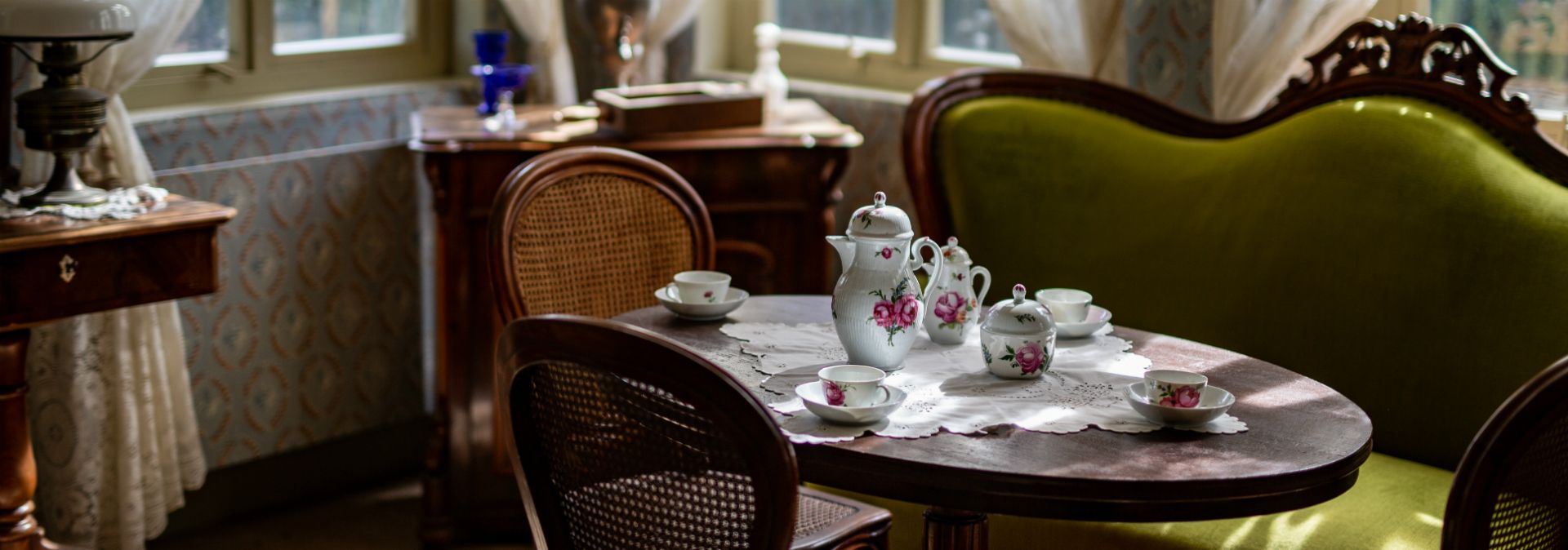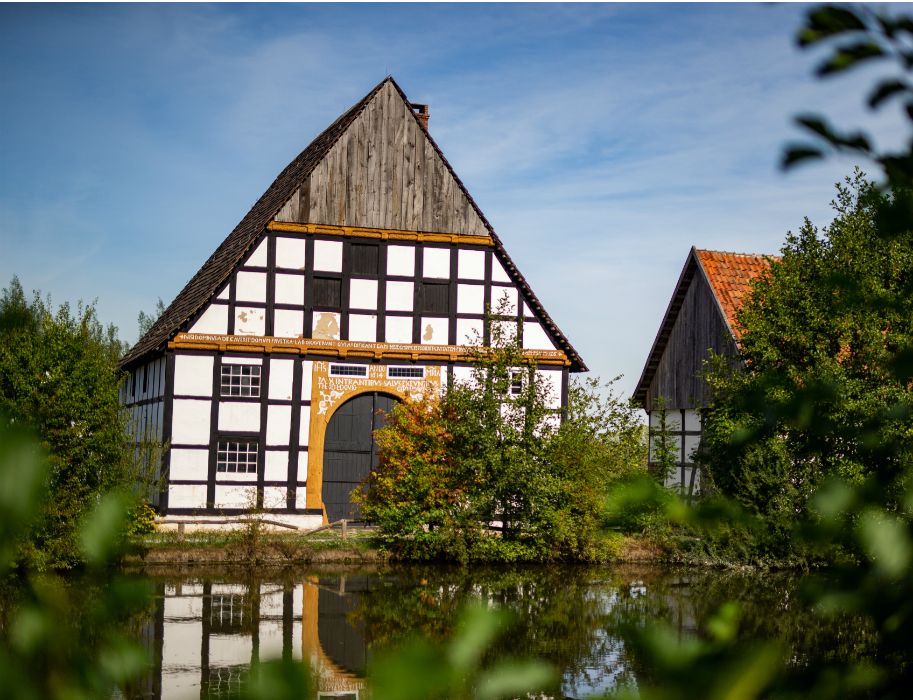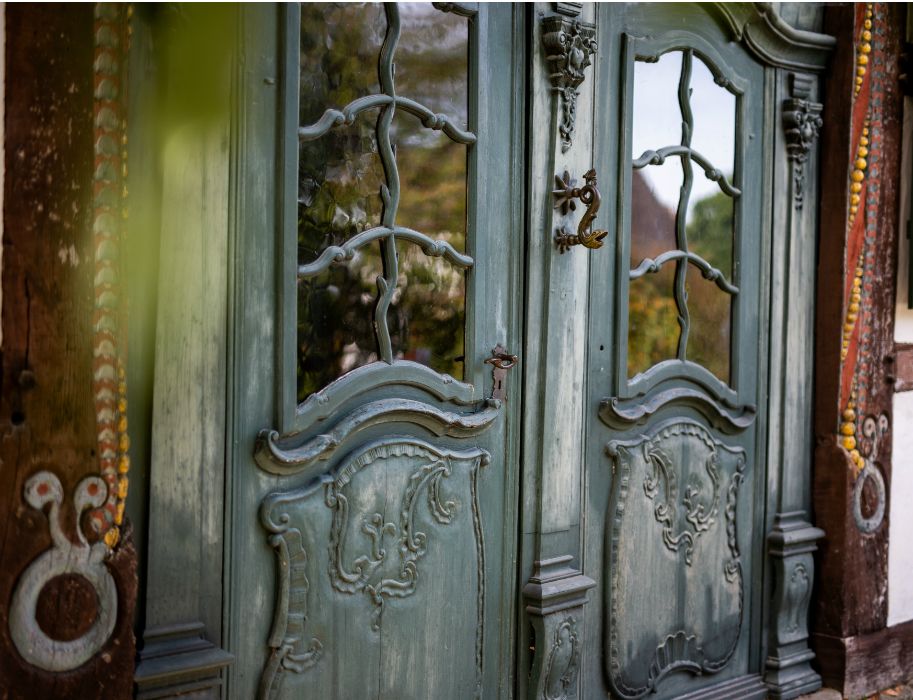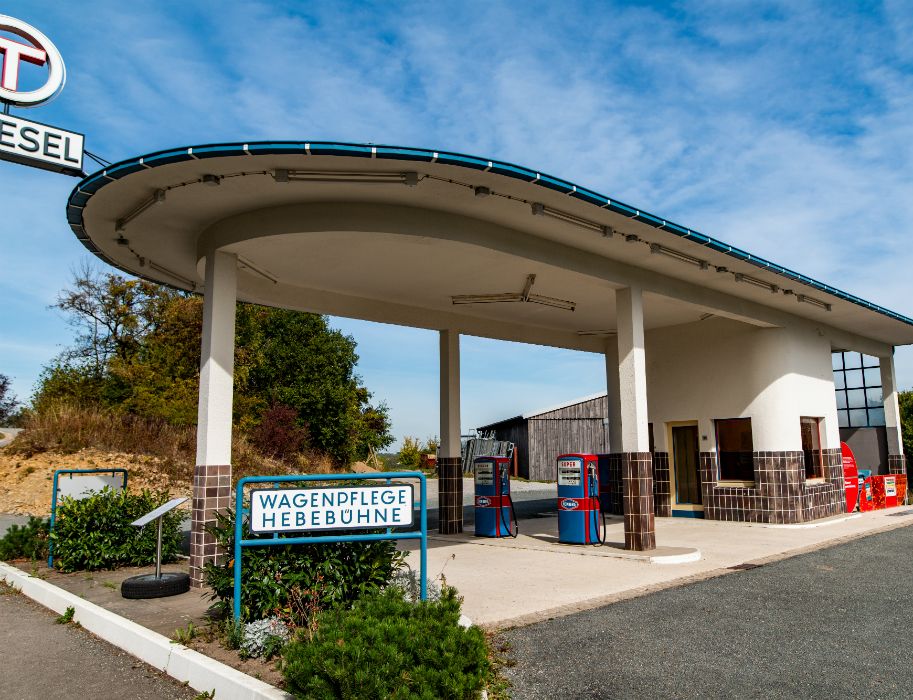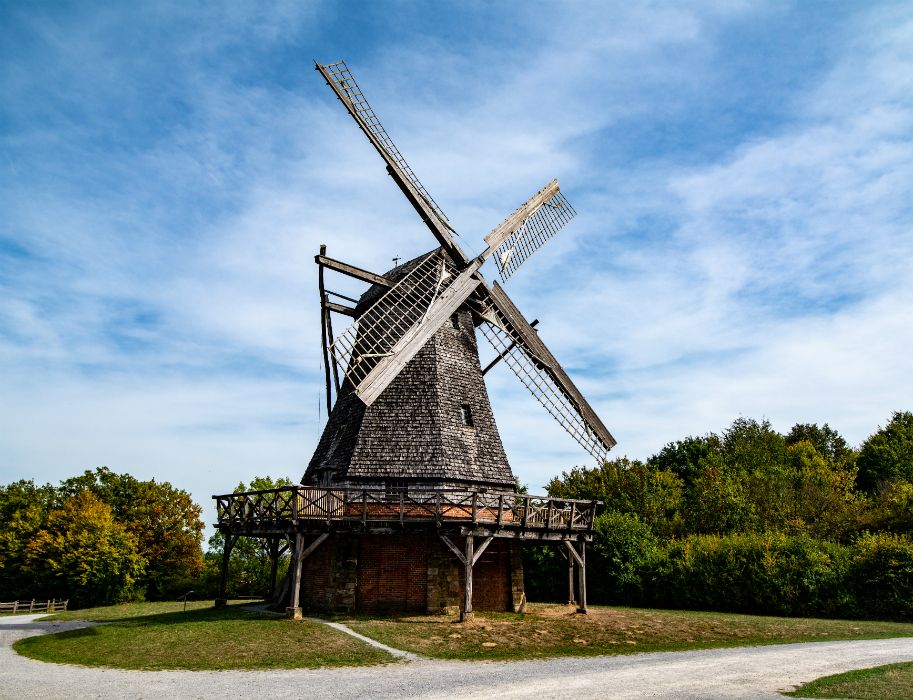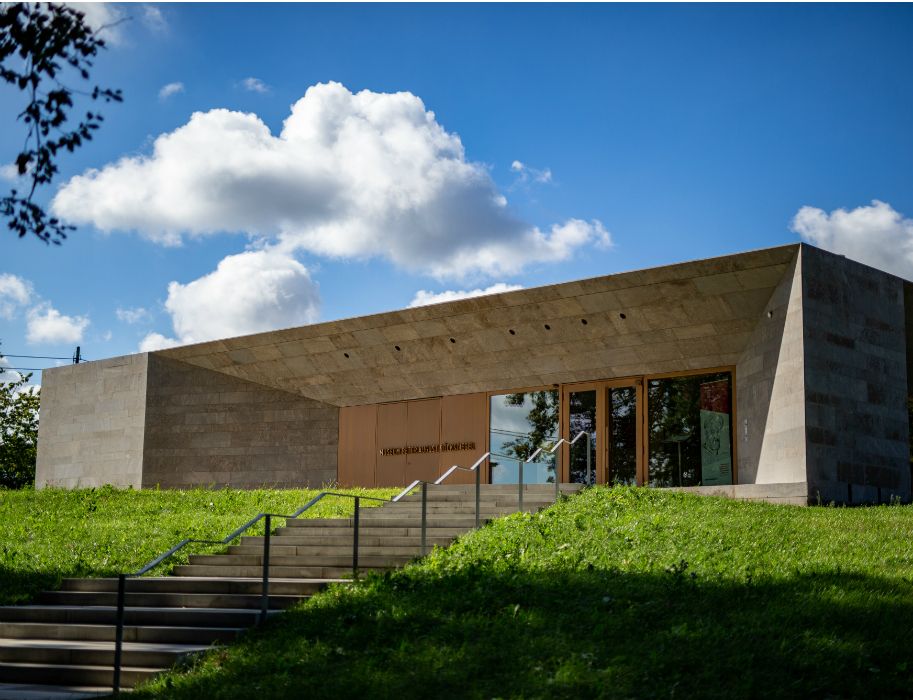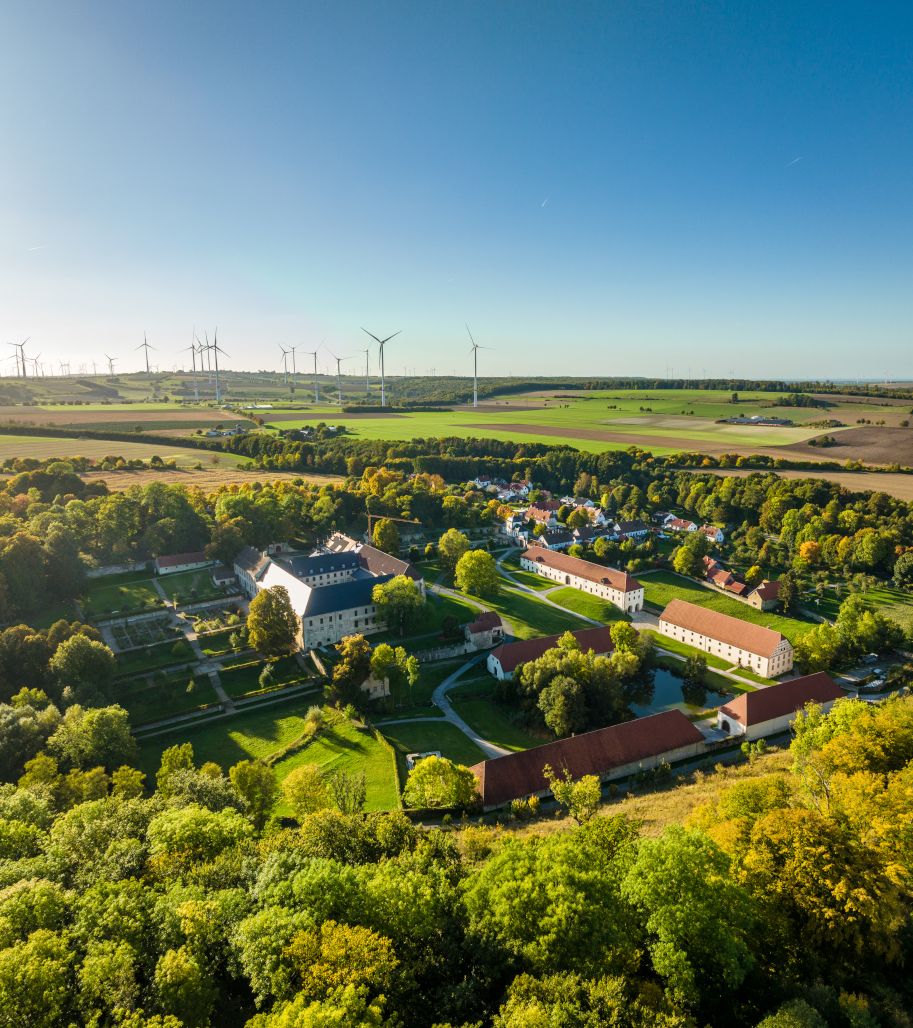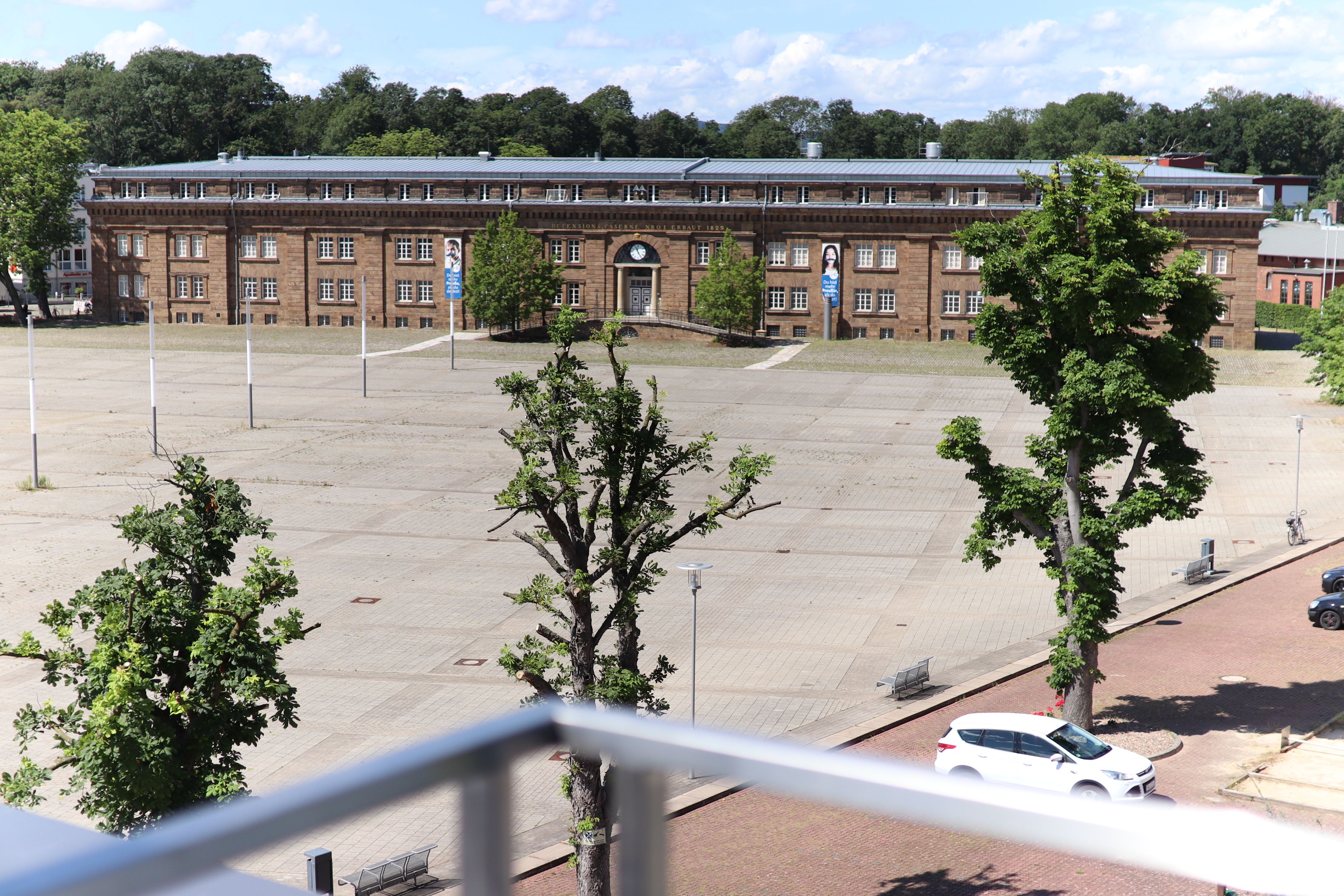Westphalia through the centuries: In Germany's largest open-air museum, 120 historical buildings, from the Lippische Meierhof from the 16th century to the petrol station from the 1960s, tell the story of everyday rural life in an entire region. At the foot of the Teutoburg Forest, visitors to Detmold can travel back in time.
At some point, the Osnabrücker Hof, the Tecklenburger Kotten and the Münsterländer Gräftenhof would probably have fallen victim to the wrecking ball. But then, in the early 1960s, the Landschaftsverband Westfalen-Lippe came along. It painstakingly dismantled the historic buildings, which had shaped the face of the region for centuries, in their original locations and rebuilt them in the Detmold Open-Air Museum. Since then, some special and historically significant gems have been added, such as the historic Kuper photo studio from 1891 or Haus Uhlmann, one of the last surviving houses in Westphalia, which was inhabited by Jews from its construction (1803-1805) until 1941.
Craftsmanship in historic workshops
On foot or by horse-drawn carriage, you can step back into the past. Whether at the blacksmith's, baker's, potter's or miller's, visitors can experience craftsmanship in the historic workshops. Or they can stroll through the carefully landscaped gardens and discover rare plants. If you like, you can also try your hand at scything during courses in the meadows or weave a basket for the potato harvest in your own garden. The present is quickly forgotten. Because everything is true to the original - from the bakery with the stone oven to the petrol station with the concrete flying roof and the tiles on the façade.
The LWL has now rebuilt and lovingly furnished a total of 120 historic buildings, most of them half-timbered, in the open-air museum. Special crops are also grown in the gardens, fields and pastures, highlighting regional differences. Historical animal breeds can be seen on the pastures and in the museum grounds, such as the Senner horses, the Lippe geese and the Bentheim sheep.
Visitors can find out even more about how people once lived and worked in the Westphalian countryside on special themed tours and activity programs or by visiting the extensive collection. The museum has collected no less than 250,000 everyday objects - from collectible pictures and school blackboards to fire engines. Only five percent of the collection can be shown in the permanent exhibition, with further treasures on display in special exhibitions. So it's worth coming back a second or third time.
